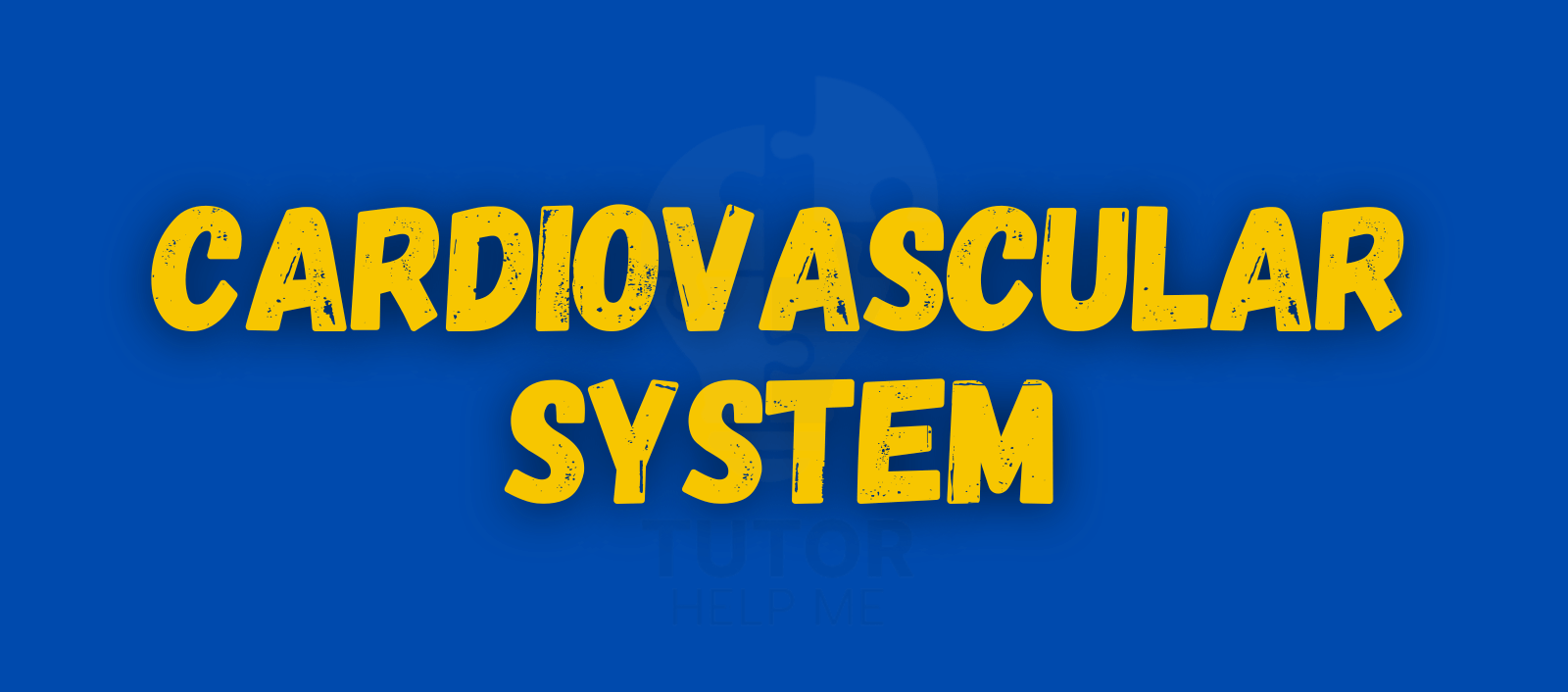The cardiovascular system, also known as the circulatory system, is essential for life. This vital organ system consists of the heart and blood vessels, working together to transport nutrients, oxygenated blood, and carbon dioxide throughout the body. It delivers oxygen to organs and tissues while removing waste products, ensuring every part of the body functions optimally.
The cardiovascular system matters because it powers essential processes like oxygen delivery and waste removal. Its efficiency impacts overall health, playing a role in physical activity, heart rate regulation, and the prevention of cardiovascular diseases. Understanding this system helps highlight its importance in maintaining a healthy body.
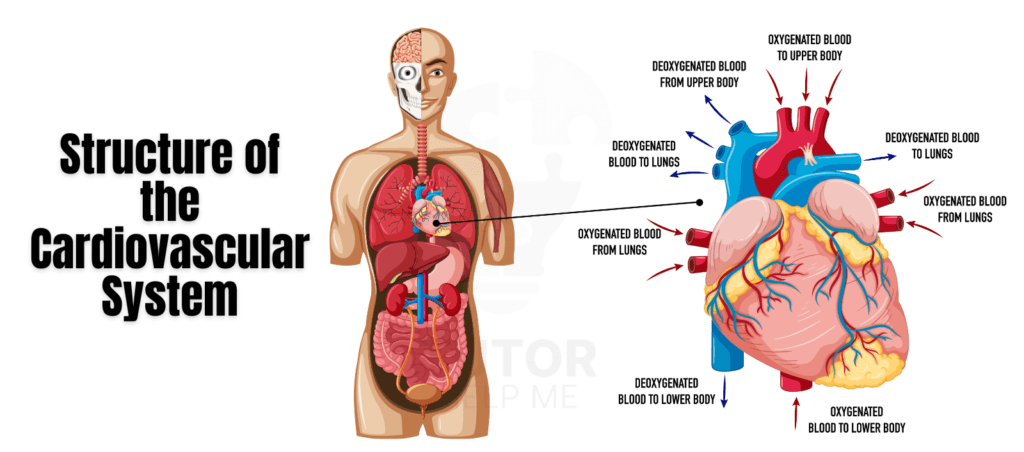
Structure of the Cardiovascular System
The Heart: The Central Pump
The human heart is a muscular pump that keeps blood flowing through the body. This organ has four chambers: the right atrium and right ventricle on one side, and the left atrium and left ventricle on the other. The heart pumps oxygen-rich blood from the left ventricle to all parts of the body through the aorta, while the right ventricle pumps blood to the lungs for oxygenation via the pulmonary arteries.
The heart’s valves ensure one-way blood flow, preventing backflow. Key valves include the aortic valve, pulmonary valve, and valves between the atria and ventricles. This structure, along with the heart muscle, enables continuous pumping of blood.
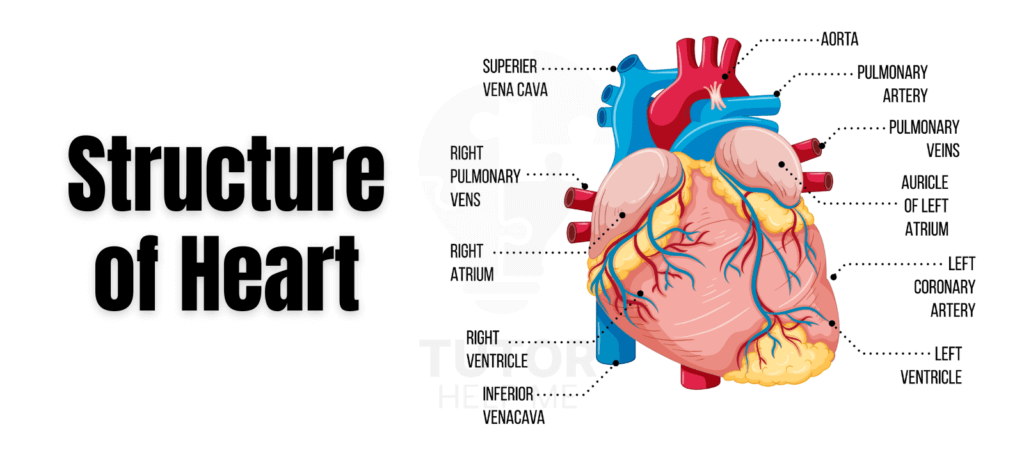
Blood Vessels: The Transport Network
Blood vessels form a vast network that carries blood to and from the heart. These include:
- Arteries: High-pressure vessels transporting blood away from the heart to organs and tissues.
- Veins: Bringing blood back to the heart through structures like the inferior vena cava and superior vena cava.
- Capillaries: Tiny vessels where nutrients and oxygen are exchanged for waste products and carbon dioxide.
Together, these vessels maintain the flow of blood, supplying nutrients and oxygen to the body and ensuring waste removal.
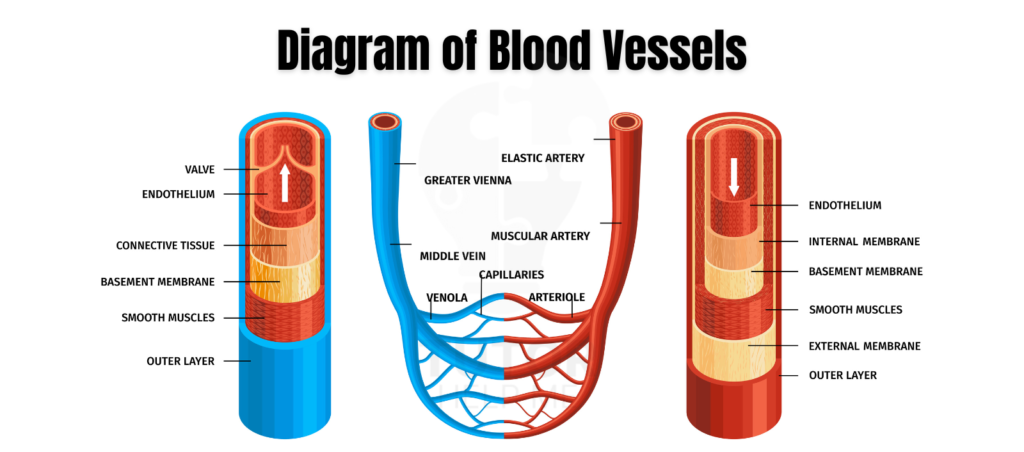
How the Cardiovascular System Works
Blood Circulation Pathways
The cardiovascular system consists of two key blood circulation pathways: pulmonary circulation and systemic circulation.
- Pulmonary Circulation: This pathway carries blood from the heart to the lungs. Blood enters the right atrium, flows into the right ventricle, and is pumped to the lungs through the pulmonary arteries. Here, carbon dioxide is exchanged for oxygen. The oxygenated blood returns to the heart via the pulmonary veins.
- Systemic Circulation: Oxygenated blood is pumped from the left ventricle through the aorta to supply blood to all parts of the body. After delivering oxygen and nutrients, blood returns to the heart through veins, completing the cycle.
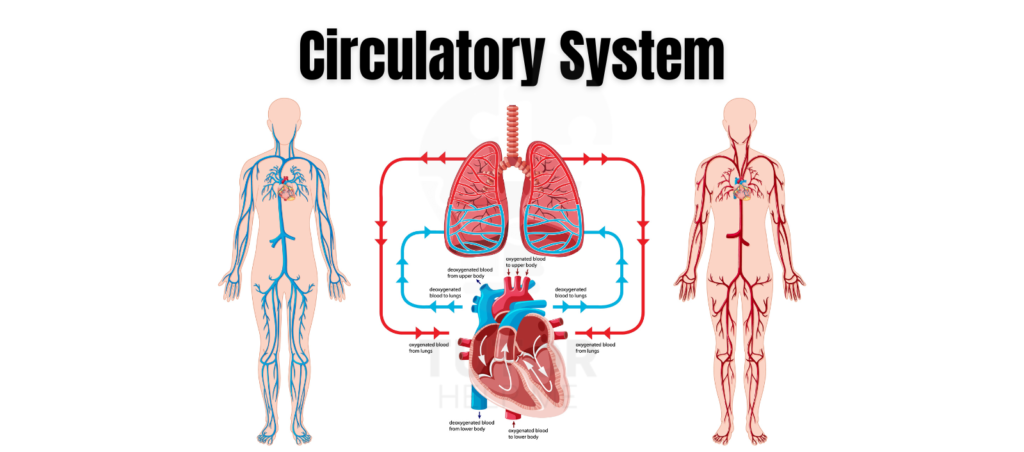
The Role of the Heartbeat
The heart’s ability to pump blood relies on a synchronized heartbeat controlled by electrical signals. The sinoatrial (SA) node, often called the heart’s natural pacemaker, initiates these signals, which pass through the atrioventricular (AV) node and trigger the ventricles to contract.
During systole, the heart contracts, pushing blood out of the chambers, while in diastole, it relaxes, allowing the chambers to fill with blood. This rhythm ensures a consistent blood flow to the lungs and the rest of the body.
Blood Pressure Regulation
Maintaining proper blood pressure is crucial for efficient blood flow. The cardiovascular system uses hormones and the autonomic nervous system to adjust blood vessel diameter and heart rate. When blood pressure drops, arteries constrict, and the heart beats faster to stabilize circulation. Conversely, during high blood pressure, vessels relax, reducing strain on the system.
The Composition and Role of Blood
Key Components of Blood
Blood is a specialized fluid that performs essential functions:
- Red Blood Cells: Carry oxygen from the lungs to organs and return carbon dioxide for exhalation. Hemoglobin in red blood cells is vital for this oxygen transport.
- White Blood Cells: Act as the body’s defense system, fighting infections and supporting immunity.
- Platelets: Assist in clotting to prevent excessive bleeding during injuries.
- Plasma: The liquid portion of blood that transports nutrients, hormones, and waste products.
Oxygen and Nutrient Delivery
Oxygenated blood from the heart supplies tissues and organs with the nutrients and oxygen needed for energy production. Capillaries, the smallest blood vessels, play a crucial role in this process, facilitating the exchange of oxygen and nutrients for carbon dioxide and other waste products.
This intricate system ensures the body’s cells receive what they need to function while efficiently removing waste.
Cardiovascular Health and Common Conditions
Maintaining a Healthy Cardiovascular System
A healthy cardiovascular system is essential for overall well-being. Regular physical activity strengthens the heart muscle and improves blood flow. A balanced diet rich in nutrients and low in saturated fats helps prevent conditions like high cholesterol and hypertension. Avoiding smoking and managing stress levels also play a significant role in keeping the heart and blood vessels healthy.
Common Cardiovascular Disorders
The cardiovascular system is prone to several disorders that can affect its efficiency. These include:
- Heart Diseases: Conditions like coronary artery disease and heart failure limit blood supply to the heart and impair its ability to pump blood effectively.
- Blood Vessel Disorders: Aneurysms and varicose veins disrupt the normal flow of blood through the vascular system.
- Hypertension: Commonly known as high blood pressure, this condition increases the risk of heart attacks, strokes, and kidney disease if untreated.
Risk Factors for Cardiovascular Diseases
Factors that contribute to cardiovascular problems include genetics, an unhealthy lifestyle, and environmental triggers. Maintaining a healthy weight, staying physically active, and managing underlying conditions like diabetes can significantly reduce the risk of cardiovascular disease.
Advances in Cardiovascular Medicine
Diagnostic Tools and Technologies
Modern medicine offers advanced tools for diagnosing cardiovascular issues:
- Echocardiograms: Use ultrasound waves to visualize the heart’s structure and detect abnormalities.
- Angiograms: Help assess blockages in arteries by using a contrast dye and X-ray imaging.
- MRIs: Provide detailed images of the heart and blood vessels without radiation.
Treatment Innovations
The treatment of cardiovascular conditions has evolved significantly:
- Medications: Drugs like beta-blockers, blood thinners, and cholesterol-lowering agents manage symptoms and prevent complications.
- Surgical Procedures: Techniques such as stent placement and coronary artery bypass surgery restore blood flow in blocked arteries.
- Emerging Technologies: Artificial hearts and robotic-assisted surgeries offer new possibilities for patients with severe heart conditions.
Conclusion
The cardiovascular system is a cornerstone of human health, supporting the body by delivering oxygen and nutrients while removing waste. Its efficient functioning is vital for sustaining life and preventing diseases. By adopting heart-healthy habits and staying informed about advancements in medicine, individuals can protect this essential system.
A deeper understanding of the cardiovascular system encourages proactive care, reducing the risks of life-threatening conditions and improving quality of life.
Read More The Nervous System: Function and Disorders
FAQ’s
What is the cardiovascular system, and why is it important?
The cardiovascular system, also called the circulatory system, consists of the heart and blood vessels. Its primary function is to deliver oxygen and nutrients to organs, tissues, and cells while removing carbon dioxide and waste products. This system is vital for maintaining life and supporting overall health.
How does blood circulate in the body?
Blood circulates through two main pathways: pulmonary and systemic circulation. Pulmonary circulation moves blood between the heart and lungs, where oxygen is exchanged for carbon dioxide. Systemic circulation delivers oxygenated blood to the rest of the body and returns deoxygenated blood to the heart.
What are the common signs of cardiovascular problems?
Early signs of cardiovascular issues include chest pain, shortness of breath, fatigue, irregular heartbeats, and swelling in the limbs. If these symptoms appear, seeking medical advice is crucial to prevent further complications.
How can I maintain a healthy heart?
To maintain heart health, engage in regular physical activity, eat a balanced diet low in trans fats and sodium, avoid smoking, manage stress, and maintain a healthy weight. Regular check-ups with a healthcare provider can also help monitor heart health.
What are the most common cardiovascular diseases?
Some common cardiovascular diseases include coronary artery disease, heart failure, hypertension, and arrhythmias. These conditions affect the heart and blood vessels, often requiring lifestyle changes, medications, or medical interventions.

